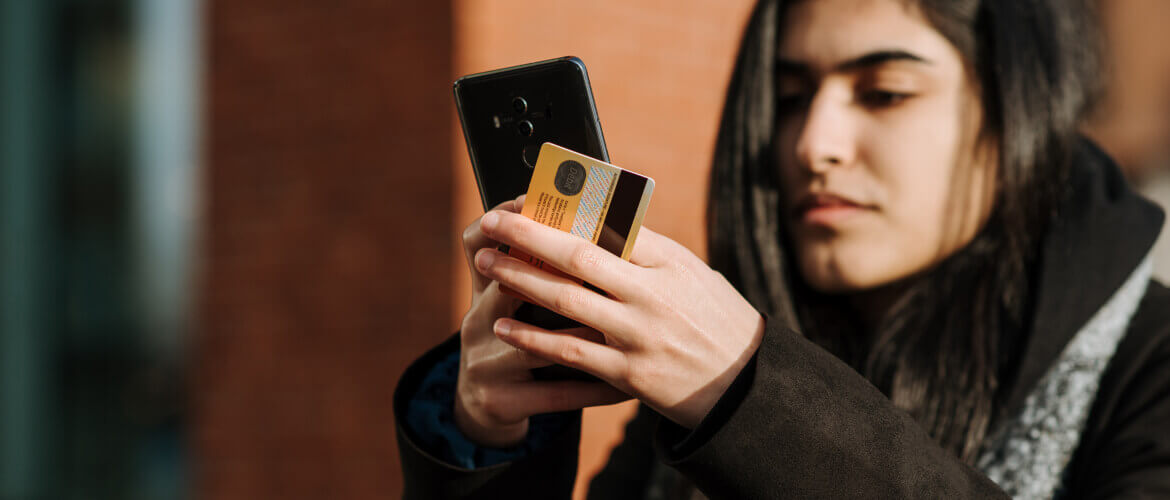Maximizing Influencer Impact: Strategies for 2024

By Johann van Zyl
I sit here today, as all of you, in the middle of yet another “semi-quarantined” state halfway through the 2-weeks of the new lockdown level 4 during the third wave – I am out of breath just saying that. The situation seems to be direr than ever before in this global crisis, as I now know numerous people who have been hit by the virus on multiple levels and sadly, I even know people who have passed away because of it.
As a result, we all had to adjust our lives and I have subsequently invested more of my time in investigating various alternative lifestyle options to safeguard myself, my family and society from the potential impact of the virus. This process has also led me to buy more goods online than ever before, even though like many people, I was suspicious of online platforms and the trust I could put in them.
Part of my trust converting into action was the result of personally being involved in various influencer campaigns with the pure objective of driving online sales. The impact of these campaigns on me was two-fold. Firstly, I got to see and engage with real posts from nano and micro influencers showcasing their happy user journey of ordering and paying online and eventually receiving their goods. Secondly, I saw the incredible results when combining these authentic pieces of content with a targeted performance media campaign.

Campaigns varied from general goods bought on arguably the largest online retail platform in South Africa, to high end furniture, general grocery chains, clothing and apparel, and even restaurant chains. In each of these campaigns, success was achieved against the KPIs set for the campaign, which in most cases were benchmarked against the previously achieved success rate of purely using brand generated content.
These overwhelming results hit it home for me with regards to the convenience and variety of shopping online and ultimately negated safety concerns.
My conclusion is that the amazing results delivered in each of these campaigns prove the fact that carefully profiled influencers (and especially nano and micro influencers), combined with targeted performance media campaigns, have the ability to drive revenue for online businesses at a better rate than traditional branded content. People want to connect with real people and because there is something they can relate to in each other’s lives, whether it be lifestyle, life stage or a basic need, this connection resonates and drives human behavior in an extremely powerful way.
The question remains, how long will it take businesses and brands to see the real value in this evolving world of influencer marketing.
Find this content useful? Let's connect.
Building real connections with your audience starts with you and theSalt lets chat

Johann van Zyl
Johann is currently a Director at Nfinity Influencer Division, and channels include theSalt, Webfluential, EchoCast, theIntern-ship and Nfluential. Johann spent 15 years in Brand Marketing as Head of Marketing: Prestige Brands as well as Head of Trade Marketing at Pernod Ricard South Africa.